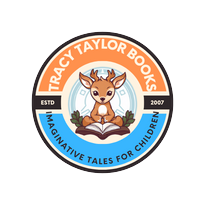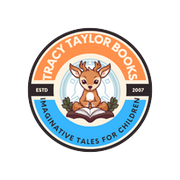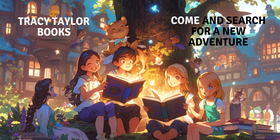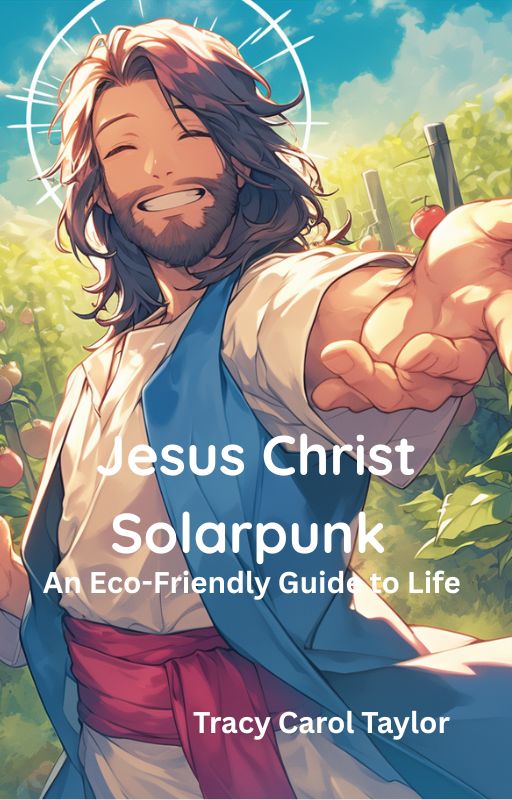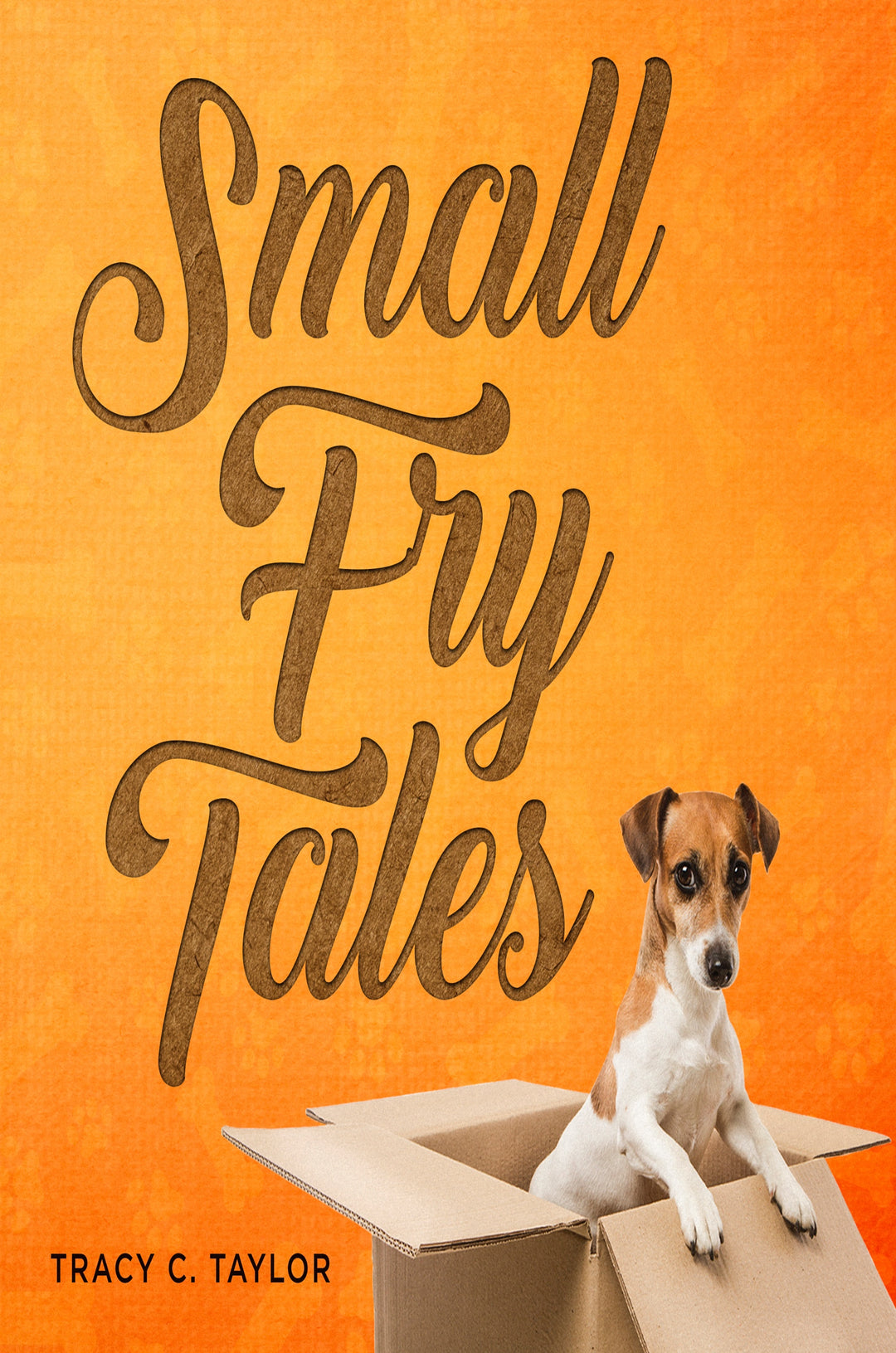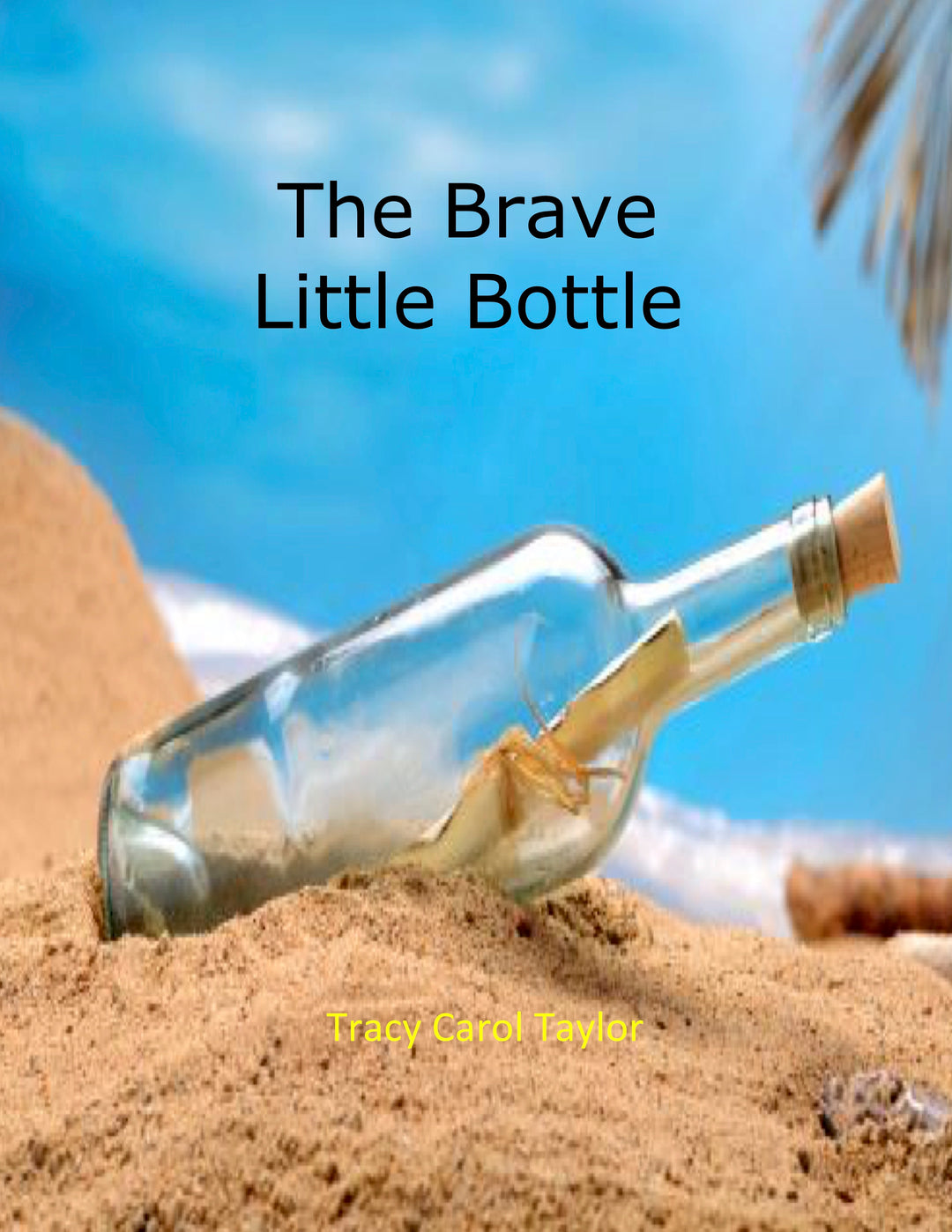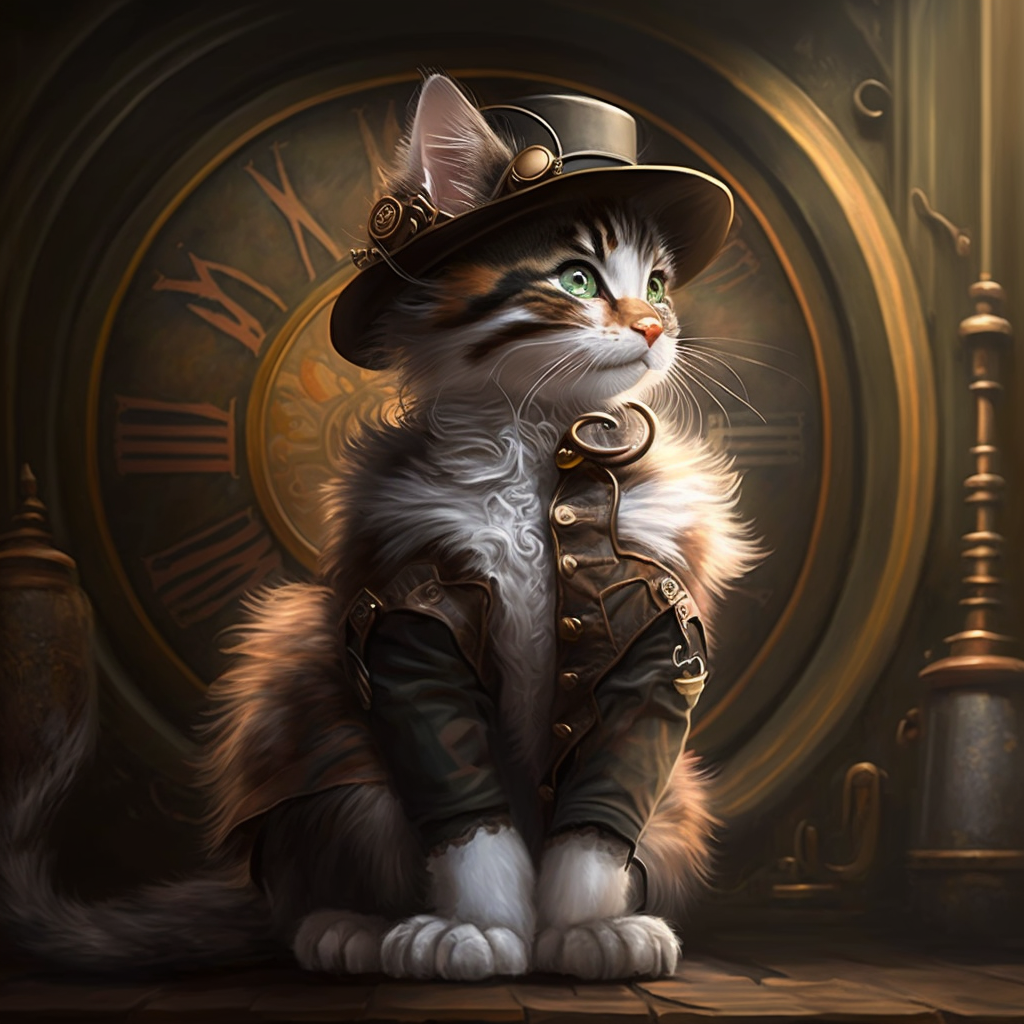The Wild, Weird, and Wonderful World of Creating Children's Books
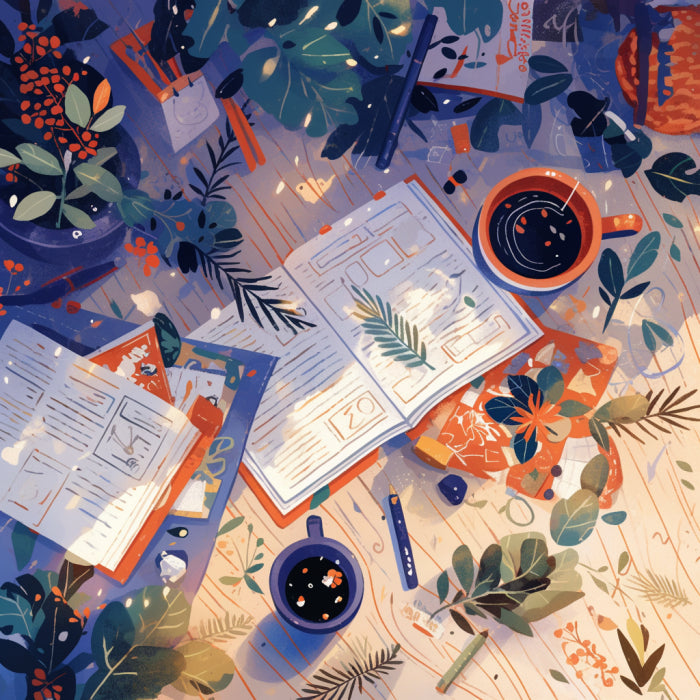
Buckle up, book lovers! Ever wondered how those magical little books that keep tiny humans quiet for approximately 2.5 minutes actually come to life? Spoiler alert: It's part wizardry, part caffeine, and a whole lot of creative chaos.
The Spark of Genius (Or: How Random Ideas Become Books)
Picture this: An author is walking their dog, trips over a rock, and suddenly—BAM!—a children's book idea strikes. Inspiration is basically the universe's way of playing literary roulette. Maybe it's a childhood memory, a kid's bizarre question (why do giraffes have such long necks?), or that wild dream about dancing vegetables. Pro tip: Always keep a notebook handy, because brilliant ideas have the memory span of a goldfish.
Writing: Not As Easy As It Looks
Writing for children is like trying to explain quantum physics to a squirrel—challenging, hilarious, and slightly impossible. You've got to:
- Use words simple enough for a 5-year-old
- Make it interesting enough that said 5-year-old doesn't use the book as a makeshift hat
- Create a story that doesn't put parents to sleep mid-reading
First drafts are basically literary hot messes. Think of them like toddlers—rough around the edges, occasionally incomprehensible, but with potential.
Illustrations: Where the Magic Really Happens
Illustrators are the unsung heroes who transform word-gibberish into visual poetry. It's like being a detective, a magician, and an artist all rolled into one. They're basically creating entire universes with pencils and pure imagination.
Imagine the conversation: Author: "So, I was thinking of a dinosaur wearing a tutu..." Illustrator: Raises eyebrow "Challenge accepted."
The Editing Gauntlet
Editing a children's book is like performing surgery with crayons. Every word, every illustration gets scrutinized more closely than a toddler's suspicious silence. Grammar? Check. Spelling? Check. Potential for making a child giggle uncontrollably? Double-check.
Production: From Idea to Actual Book
Here's where things get real. Choosing paper quality is basically like selecting the perfect blanket—it's got to feel just right. Hardcover? Paperback? Board book that can survive being chewed on? Decisions, decisions!
Marketing: Spreading the Book Love
Marketing a children's book is part strategic planning, part circus performance. Instagram-worthy illustrations? Check. Adorable author readings that make parents go "aww"? Double-check. The goal is to make your book more irresistible than a free ice cream truck.
The Real Reward
Let's be honest—seeing a child absolutely LOVE your book is better than any bestseller list. That moment when a kid wants the same story read for the 157th time? Pure magic.
Pro Tips for Aspiring Children's Book Creators
- Embrace the chaos
- Never underestimate the power of a good rhyme
- Be prepared for critique from your toughest audience (aka children)
- Coffee. Lots of coffee.
A Final Word of Wisdom
Creating a children's book is like conducting a symphony of words, pictures, and pure imagination. It's messy, it's wild, and it's absolutely wonderful.
So the next time you read a children's book, remember: Behind those colorful pages is a story of creativity, determination, and probably a few dozen deleted drafts.
Now go forth and create some literary magic! 🚀📚✨
Disclaimer: No children's books were harmed in the making of this article. A few authors might have consumed excessive amounts of coffee, though.
